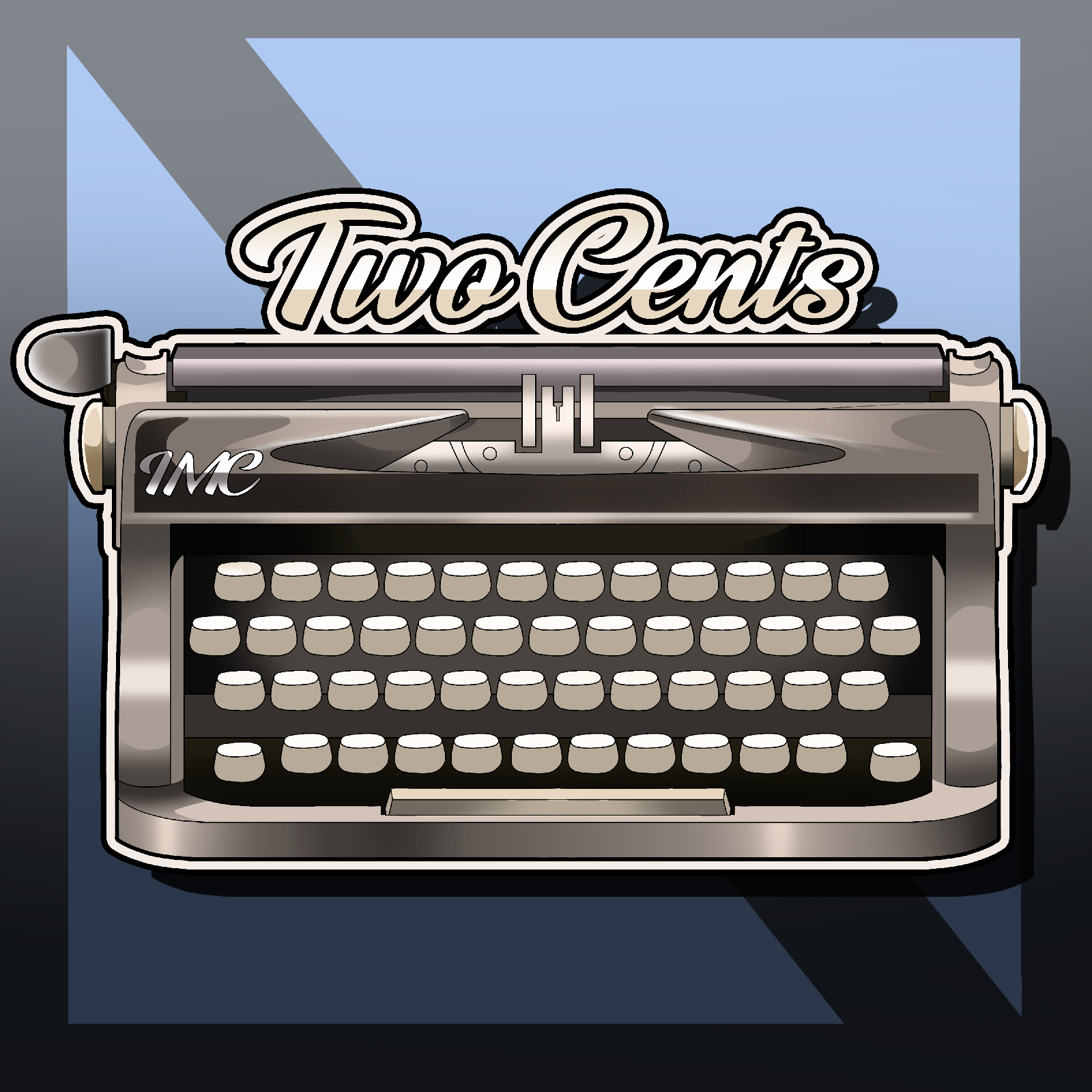"You Don't Have to Give Them Equal Time": A Few Words on Viewpoint
Very recently, I finished reading Mistborn: The Final Empire by Brandon Sanderson for the first time. This is one of those book's I've been meaning to get to for years, and I finally did. I enjoyed it a lot and have every intention of completing the trilogy.
As a writer, I read fiction in a different way than ordinary readers. I'm not only reading for the sake of the story, although that's still a big factor. If a story doesn't grip me in a book or novel these days, I seriously don't care how fantastic or highly regarded the author is; I will set that book down and not pick it back up. I also read to study the technique of the author I'm reading. Most of the books I've read by Sanderson have been his YA novels (The Reckoners and Skyward), and I've dipped my toe into some of his shorter novellas, like Perfect State and The Emperor's Soul, which are great places to really introduce yourself to his work. Mistborn was my first experience of his "adult" writing style.
The quality I took note of most from Mistborn was Sanderson's use of viewpoint.
He wrote the novel in what we writers call "Third-Person Limited Viewpoint." That's where the narrative shifts between a rotating cast of characters, using third-person pronouns (e.g. he/him, she/her, or they/them). With each shift, readers enter the mind of a difference character and thus view the story from a different perspective.
Many authors with large casts of characters, like George R.R. Martin, deploy this technique. It's especially common in the genre of fantasy where ensembles rule the roost. It creates automatic suspense and sympathy for multiple characters. Once you've viewed a story through a character's eyes, it's hard not to let a small piece of yourself root for them--even if they're the villain.
What leapt out at me about Mistborn is that, while Sanderson does indeed rotate from one character to the next (usually at chapter breaks, but as the novel progresses, sometimes from scene to scene, and sometimes within the same scene), he doesn't give every character an equal about of "stage time."
The two characters from whose viewpoints we experience this story are Vin and Kelsier. With these two, Sanderson sets up a classic apprentice and mentor dynamic. Thus, moving between them is quite natural. However, towards the tail end of the novel, we're introduced to the viewpoint of the character Eland Venture, who we've, until then only viewed from Vin's viewpoint.
Also, scattered throughout the novel are numerous "quick-shot" scenes and chapters from minor characters. We enter the book in the viewpoint of a "Noble," one of the antagonists of the book. We then enter into the viewpoint of an aged Skaa, the long-repressed people of the world of the novel. Further down the line, for a whole scene, we occupy the mind of a prisoner at the Pits of Hathsin (a major setting for the novel) just as he encounters Kelsier. Finally, for a brief instance, we see into the perspective of a Steel Inquisitor, and for a moment, view the world through this villain's spike-impaled eyes.
Despite all this hopping around though, Sanderson makes one thing plainly clear: Mistborn is Vin's Story. You might well ask, "But Ian, how can this be? You said yourself that readers will inevitably see through the eyes of all these characters, so how can this book really be one character's story?"
Good question. Here's my answer.
The fact is that, despite all these various shifts in perspective, the story is nonetheless, largely rooted in Vin's viewpoint. We don't meet her until the end of the prologue (prologues are good for that), at which point readers might understandably think that this book was really Kelsier's story. He appears and makes a considerable impression in the prologue. However, once we enter Vin's perspective, we remain in her mind the most.
Vin is the character who knows the least. As a young person, who's lived a hard life, she doesn't know how the larger world works. Thus, we the readers are able to learn about the world as she does. It's a perfect excuse for occasional drops of exposition, which Sanderson largely dishes out in his dialogue. Besides that, it also adds to the subtle mystery atmosphere that permeates the novel, especially when it comes to the other characters.
Kelsier does act as a viewpoint character from time to time, but Sanderson only shifts to his viewpoint at certain moments, when there are parts of the story that only he can reveal. We also don't dwell too long in Kelsier's viewpoint. If we did, the more Sanderson would then force himself to reveal parts of the plot that, perhaps, he doesn't want to show his readers yet. We would also get more into his viewpoint, which means getting more into his backstory and his thoughts. By refraining, the greater impression we get of Kelsier comes from Vin's view of him as a noble, fatherly mentor.
The point is that, even when you have a large cast of characters whose viewpoints you shift between, you don't necessarily have to give them all equal stage time. Instead, one of the best things you can do as a writer if you plan on employing this technique (rotating, third-person limited narrative), is to figure out whose story you're telling. Once you decide who among your characters will undergo the greatest amount of change as your narrative progresses, then you can anchor the majority of your narrative in their perspective and tell the story you want to tell.



Comments